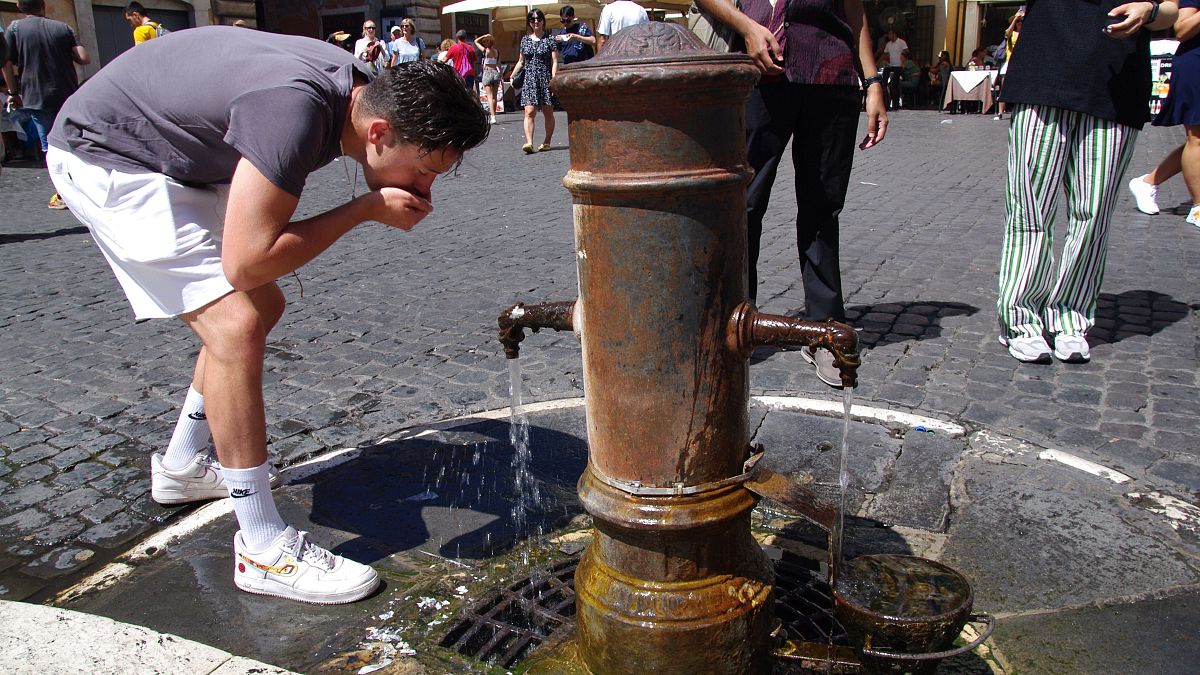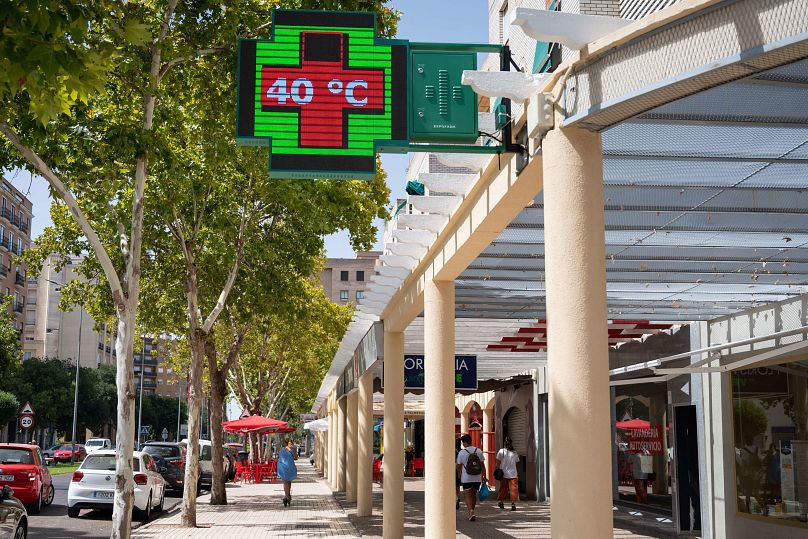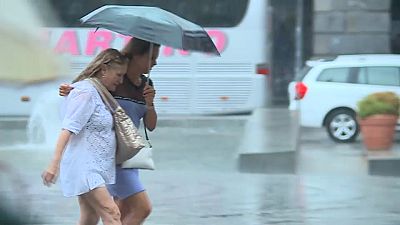Red heat alerts are in place across Italy.
Red heat alerts are in place for 16 cities across Italy with temperatures set to reach 40°C.
A red alert means that even the young, fit and healthy are advised to stay indoors between 10am and 6pm.
The temperatures are due to anticyclone Nero which will bring temperatures of up to 38°C, according to weather forecasting website iLMeteo.it.
The anticyclone is named after the emperor accused of starting the Great Fire of 64 AD in Rome.
Where in Italy is the heatwave?
The worst of the hot weather is in the north and centre of Italy, while temperatures in the south are more in line with averages for this time of year.
Rome and Milan, two of Italy's most popular tourist destinations, have red alerts in place, with temperatures forecast to reach 37°C.
Tourists visiting Naples, Genova and Florence are also warned to stay out of the sun during the hottest part of the day.
The other Italian cities with red heat alerts in place are: Turin, Bologna, Bolzano, Brescia, Frosinone, Latina, Palermo, Perugia, Rieti, and Verona.
What is the weather like in Italy right now?
Nero has brought a front of high humidity so the weather in Italy is very sticky. Some have described this kind of heat as "unbreathable".
Nighttimes are very muggy. It can help to sleep in a well-ventilated room or use an air conditioner or fan.
How long will the Nero heatwave last?
Forecasters say the sweltering conditions should ease at the end of the week, when temperatures are expected to drop with the arrival of thunderstorms with strong wind gusts.
Italy has been at the forefront of extreme weather events since a heatwave hit southern Europe last month, with scorching temperatures leading to increased risk of fires and deaths.
How can you stay safe when travelling during a heatwave
The Italian government's official advice is to stay indoors during the afternoon when the heat is most intense, drink plenty of water, and avoid exercise during the day.
Other ways to stay well during hot temperatures:
Wear sunscreen that is SPF30 or higher
If you have to be out in the sun, wear a hat and loose clothing to stay cool
Eat 4 small meals rather than 3 big ones
Eat fresh food and lots of fruit and vegetables
Don't drink alcohol as this can increase the chance of dehydration, heat exhaustion or heat stroke
Health issues from the heat can put a strain on local medical facilities so it's imperative that you have travel insurance in case you need medical treatment.
Can you claim on travel insurance insurance if you cancel your trip due to a heatwave?
Unless an advisory is issued against all travel, it’s unlikely that you’ll be able to claim insurance for trips cancelled due to extreme heat.
Exceptions to this would be if you are considered medically unfit to travel in the heat and have a doctor’s certificate as proof.
Travel insurance is essential - especially due to the increased medical risk of travelling during extreme heat.
If you are concerned about travelling during the heatwave, you may be able to change your travel dates or destination through your trip provider.
Is climate change to blame for the heatwave?
Scientists have confirmed that heatwaves are happening mroe frequently and bringing higher temperatures due to human-caused climate change.
Nero is Italy's third heatwave this summer. The last one, in July, caused widespread power cuts and some deaths.
2023 has been one of Italy's hottest years on record, with 11 extreme weather events per day in the first 7 months of the year.
Many other parts of Europe have seen extreme weather during this year and it is predicted to accelerate if governments and corporations do not reduce carbon emissions.




